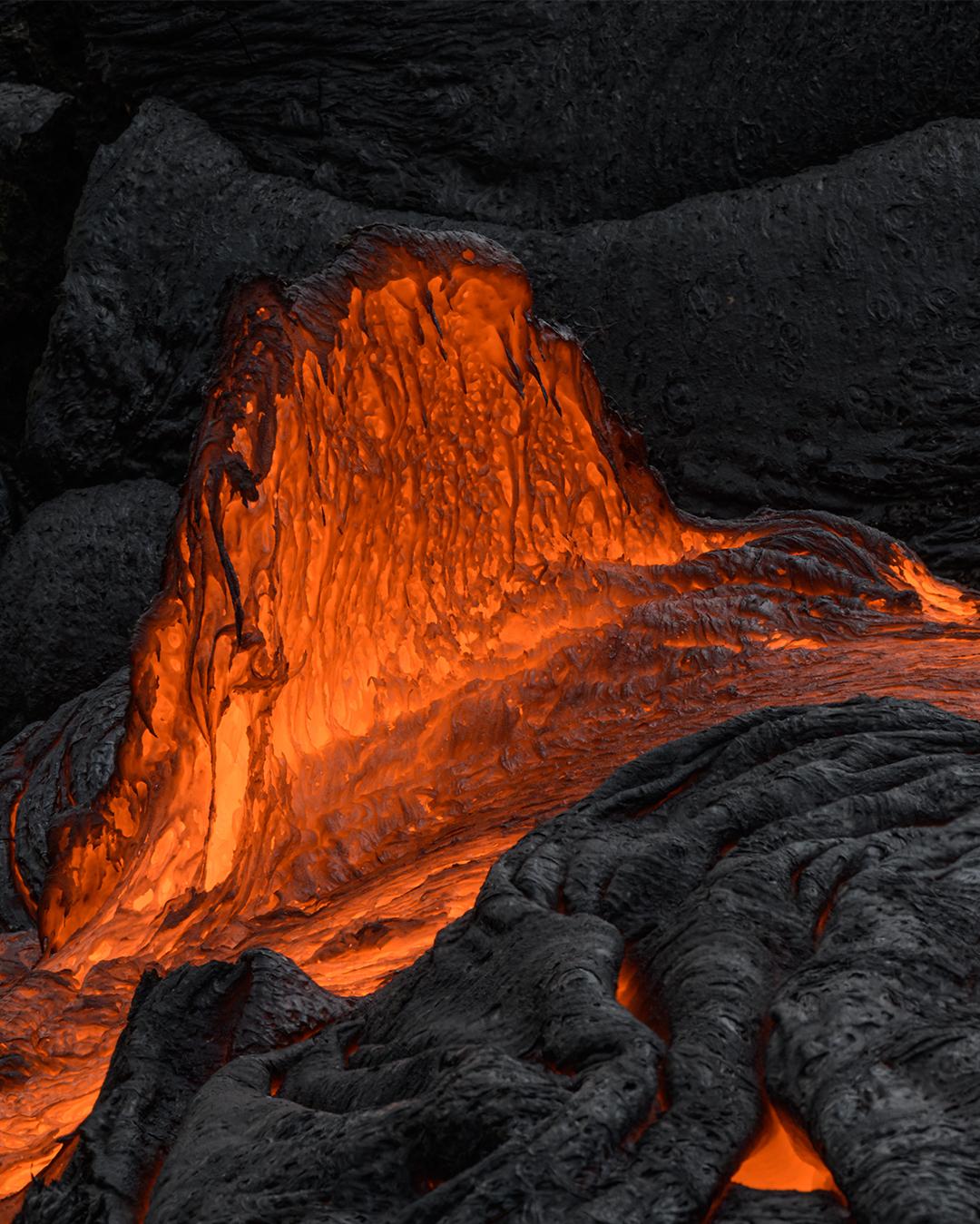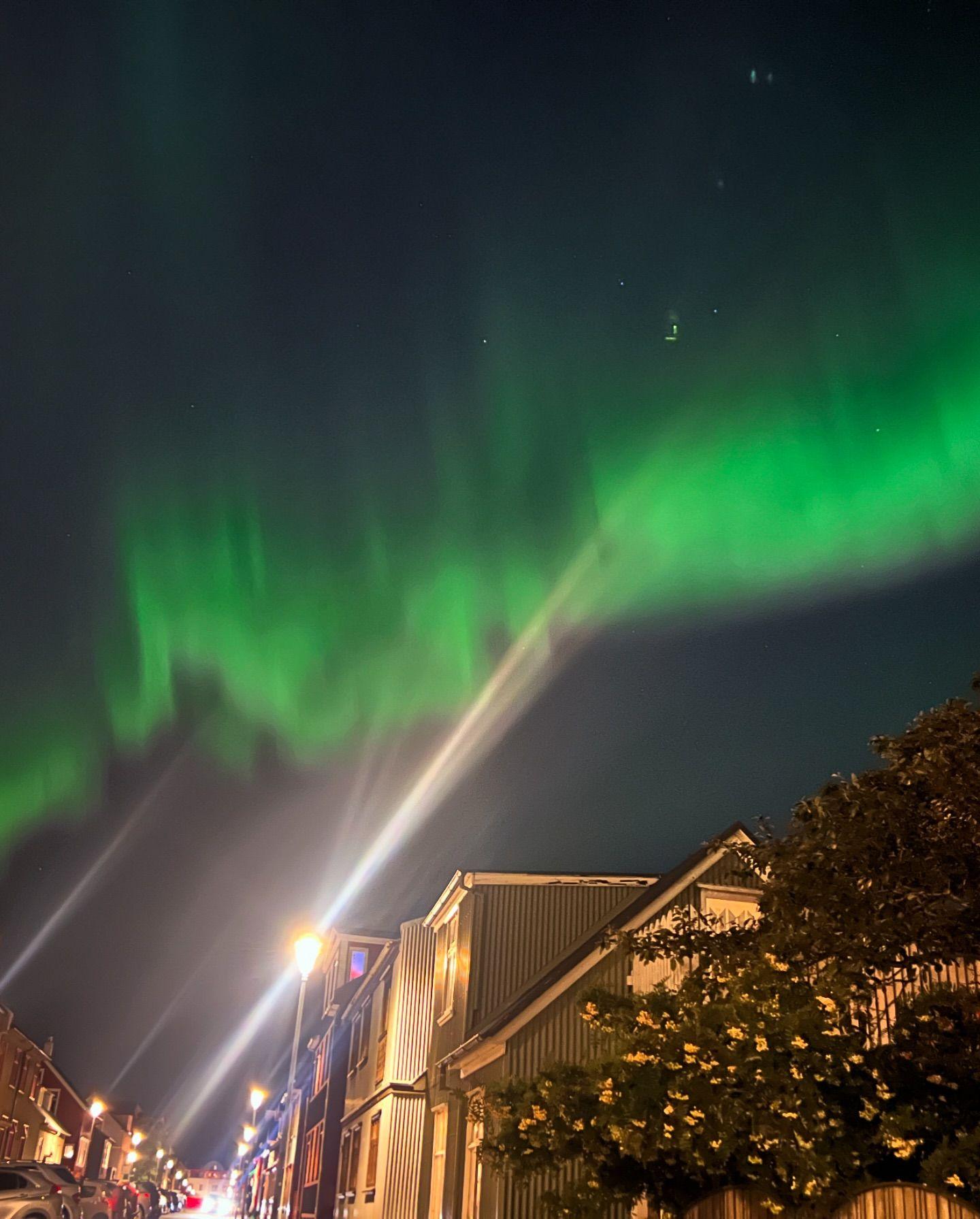A Complete Travel Guide to Reykjavík, Iceland: Top Attractions, Tips, and Hidden Gems
1. Introduction to Reykjavík
Reykjavík, the capital of Iceland, is an incredible destination that seamlessly blends modern culture, ancient history, and breathtaking nature. Whether you’re a lover of architecture, nature, or history, this vibrant city offers something for every traveler. With its quaint streets, colorful houses, and lively art scene, Reykjavík is the perfect base to explore both the city and the surrounding natural wonders.
Despite being the northernmost capital of the world, Reykjavík is surprisingly easy to navigate, with a welcoming atmosphere that attracts visitors from all corners of the globe. In this guide, we’ll explore the best things to do in Reykjavík, uncover hidden gems, and offer tips to make your visit truly unforgettable.
2. Top Attractions in Reykjavík
2.1. The Blue Lagoon
No trip to Reykjavík would be complete without visiting the famous Blue Lagoon, located just a short drive from the city. Known for its striking milky-blue waters, this geothermal spa is set within a stunning black lava field, making it one of the most surreal places on earth to relax.
The warm waters are rich in minerals like silica and sulfur, which are known to benefit the skin. After a soak, you can enjoy a massage, mud masks, or simply float and take in the otherworldly surroundings. Make sure to book your entry tickets in advance, as the Blue Lagoon is one of Iceland’s most popular attractions.
2.2. Hallgrímskirkja Church
A visit to Hallgrímskirkja Church is a must for anyone exploring Reykjavík. This stunning, modernist church dominates the skyline and is one of the tallest structures in Iceland. Its design, inspired by the basalt columns of Iceland’s volcanic landscape, makes it an architectural marvel.
Take the elevator to the top of the tower for sweeping views of Reykjavík and the surrounding mountains. The panoramic view of the city’s colorful rooftops and the nearby ocean is nothing short of breathtaking.
2.3. Harpa Concert Hall and Conference Center
The Harpa Concert Hall is not only a cultural hub but also a masterpiece of modern architecture. Its glass facade reflects the sky and water, creating a dynamic interplay of light and color. Inside, Harpa hosts a variety of performances, including concerts, operas, and conferences.
The building itself is worth exploring even if you’re not attending a performance, with a café where you can sit and admire the views of the harbor. It’s a great place to appreciate the blend of nature and modernity that defines Reykjavík.
2.4. Sun Voyager Sculpture
Located along Reykjavík’s scenic waterfront, the Sun Voyager Sculpture is a striking landmark that symbolizes Icelandic explorers’ enduring spirit. This steel sculpture, shaped like a Viking ship, points towards the horizon as a symbol of hope, progress, and freedom.
As you stroll along the waterfront, stop by this impressive piece of art to take photos and reflect on Iceland’s history of seafaring and discovery. It’s particularly beautiful at sunset when the light plays off the steel and the ocean.
3. Hidden Gems in Reykjavík
3.1. Nauthólsvík Geothermal Beach
A well-kept secret among locals, Nauthólsvík Geothermal Beach is a hidden gem that most tourists overlook. This beach, located a short distance from downtown Reykjavík, features golden sand and a specially heated lagoon. The contrast between Iceland’s cool air and the warm, geothermal water makes for a unique swimming experience.
In the summer, this beach becomes a popular spot for locals to enjoy picnics and sunbathing. Don’t forget to visit the nearby forested area for a scenic walk, or rent a kayak to explore the coastline.
3.2. Árbæjarsafn Open Air Museum
For a step back in time, visit Árbæjarsafn Open Air Museum. This living history museum gives you a glimpse of what life was like in Iceland centuries ago. The museum features traditional turf houses, as well as more modern buildings that have been preserved or reconstructed to show Icelandic life through the ages.
Take a guided tour to learn more about the history and culture of Iceland, or simply wander through the charming buildings on your own. This hidden gem is perfect for history buffs or families looking for an engaging cultural experience.
3.3. Perlan Museum
Located on a hill overlooking Reykjavík, Perlan is one of the city’s most underrated attractions. This innovative museum houses exhibitions on Icelandic nature, including an artificial ice cave, a planetarium, and displays about glaciers, volcanoes, and wildlife.
The building itself is a feat of engineering, featuring a glass dome that offers panoramic views of the city. Be sure to visit the observation deck, where you can take in Reykjavík’s skyline and spot landmarks like Hallgrímskirkja and the distant mountains.
4. Best Day Trips from Reykjavík
4.1. The Golden Circle
The Golden Circle is the quintessential day trip from Reykjavík, offering visitors a chance to see some of Iceland’s most spectacular natural wonders. This route takes you through three major attractions: Þingvellir National Park, the Geysir geothermal area, and the majestic Gullfoss waterfall.
Þingvellir is where Iceland’s parliament was founded over 1,000 years ago and where the North American and Eurasian tectonic plates meet. At Geysir, you can witness the powerful Strokkur geyser shoot water high into the air, while Gullfoss stuns with its dramatic, multi-tiered waterfall.
4.2. Snaefellsnes Peninsula
For a more off-the-beaten-path experience, the Snaefellsnes Peninsula is a fantastic day trip option. Often called “Iceland in Miniature,” this region offers a variety of landscapes, from volcanic craters to glacier-topped mountains. Don’t miss Kirkjufell Mountain, one of the most photographed peaks in Iceland, and the nearby Kirkjufellsfoss waterfall.
Along the way, you’ll encounter charming fishing villages, dramatic coastlines, and lava fields. The beauty of this area is its diversity, giving you a taste of everything Iceland has to offer in one scenic drive.
5. Travel Tips for Visiting Reykjavík
5.1. When to Visit Reykjavík
The best time to visit Reykjavík depends on what you want to experience. Summer (June to August) offers nearly 24 hours of daylight, perfect for outdoor adventures like hiking and whale watching. Winter (November to February), on the other hand, is the best time to see the Northern Lights and experience the magical ambiance of Iceland’s winter landscapes.
5.2. Budgeting for Reykjavík
Iceland is known for being expensive, but with the right planning, you can visit Reykjavík on a budget. Stay in guesthouses or hostels, cook your own meals, and take advantage of the many free or low-cost attractions, such as walking tours and visiting natural landmarks.
5.3. How to Get Around Reykjavík
Reykjavík is a compact and walkable city, and most of the top attractions are within easy reach. Public buses are available, but if you want more freedom to explore, renting a bike or using Reykjavík’s electric scooters are good options. For day trips outside the city, renting a car is highly recommended.
6. Frequently Asked Questions (FAQ) about Reykjavík
1. Is Reykjavík expensive to visit?
Yes, Reykjavík can be pricey, but budgeting wisely can help. Accommodations, food, and activities can add up quickly, so consider staying in budget-friendly options and preparing some of your own meals.
2. What is the best time to see the Northern Lights in Reykjavík?
The best time to see the Northern Lights is from September to April, when the nights are long and dark. Clear, cold nights increase your chances of spotting this natural phenomenon.
3. How many days should I spend in Reykjavík?
For a comprehensive visit, plan to spend at least 3 days in Reykjavík. This allows time to explore the city and take a couple of day trips, such as the Golden Circle or the Blue Lagoon.
4. Do people in Reykjavík speak English?
Yes, nearly everyone in Reykjavík speaks fluent English. You’ll have no trouble communicating with locals, as Icelanders are known for their friendliness and helpfulness.
5. Can I see glaciers and volcanoes near Reykjavík?
Yes, glaciers and volcanoes are within easy reach of Reykjavík. Snaefellsnes Peninsula offers views of the Snaefellsjökull glacier, and there are several volcanoes and volcanic craters in the surrounding region.
6. Practical Travel Tips for Santorini
6.1 Getting Around
While Santorini is relatively small, getting around requires some planning. Renting a car, ATV, or scooter is popular, allowing flexibility in exploring the island. Public buses run regularly between major villages, but can be crowded during peak season.
6.2 Currency and Costs
Greece uses the Euro (€). Santorini, being a popular tourist destination, can be expensive, especially during high season. Budget travelers should consider visiting in the off-season or staying in more affordable areas like Kamari or Perissa.
6.3 Health and Safety
Santorini is generally a safe destination, but it’s important to stay hydrated, especially in the summer. The steep cliffs and narrow streets can be challenging, so wear comfortable shoes for walking, especially if you plan to hike.
By following this guide, you’ll discover not only Reykjavík’s iconic landmarks but also the hidden gems that make this city so special. Whether you’re visiting for a few days or using Reykjavík as a base to explore Iceland’s natural wonders, this vibrant city promises an unforgettable experience.
Share this article
Written by : Jetset Jackpot
Follow us
A quick overview of the points covered in this article.
Latest articles
November 30, 2025
November 30, 2025
Follow us
A quick overview of the topics covered in this article.
Latest articles
November 30, 2025
November 30, 2025























